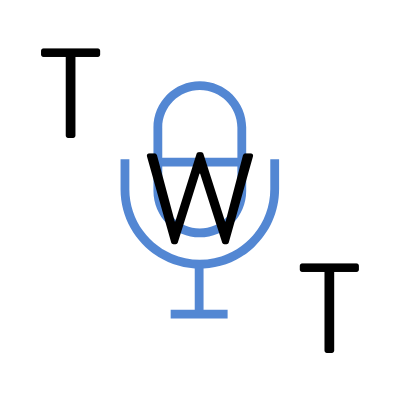Episode 272: Samantha Hagness & Becky Woolley (Part 2) - Strategies for Improving Communication Partner Coaching
This week, we present Part 2 of Chris interview with Samantha Hagness and Becky Woolley, two AT/AAC Specialists from the Mesa Public Schools, as they continue to explore integrating Grid for Education into classrooms along with TouchChat. In this episode, Chris inquires more about Samantha and Becky’s plans for modeling on TouchChat while Grid for Education is being used, as well as ideas for integrating video into communication partner coaching, benefits of prerecording trainings, and more!
Before the interview, Rachel and Chris have another in-person chat about a client of Rachel’s that was making limited progress with his accuracy on his AAC device, even though the client used sign language. When an AAC user is making limited progress with accuracy despite using symbolic language, Rachel always considers the possibility that cortical visual impairment is impacting accuracy. Rachel notes that the client was recently diagnosed with CVI which she hopes will help the team utilize more CVI strategies. Chris wonders if we can make those high contrast symbols the default, and if that would potentially help AAC users with undiagnosed CVI have more success.
Key ideas this week:
🔑 The core boards that Samatha and Becky created for their district have a picture of TouchChat 60 on the front (with a couple of navigation buttons swapped out), an alphabet with numbers and academic vocabulary on the back, and a flippable personal fringe section!
🔑 One thing Chris found helpful when videotaping communication partners during modeling was having them count the total AAC models, then comparing that with the number of verbal instructions given. Giving communicatione partners evidence of their growing skills provides communication partners with a feeling of confidence.
🔑 One big benefit of creating asynchronous training materials (e.g. recorded videos) is you can have your paraprofessionals go over the training more easily. It is often difficult to get all paraprofessionals on a campus into a single training; giving paraprofessionals access to video training allows them to watch when it is a good time for their schedule.
